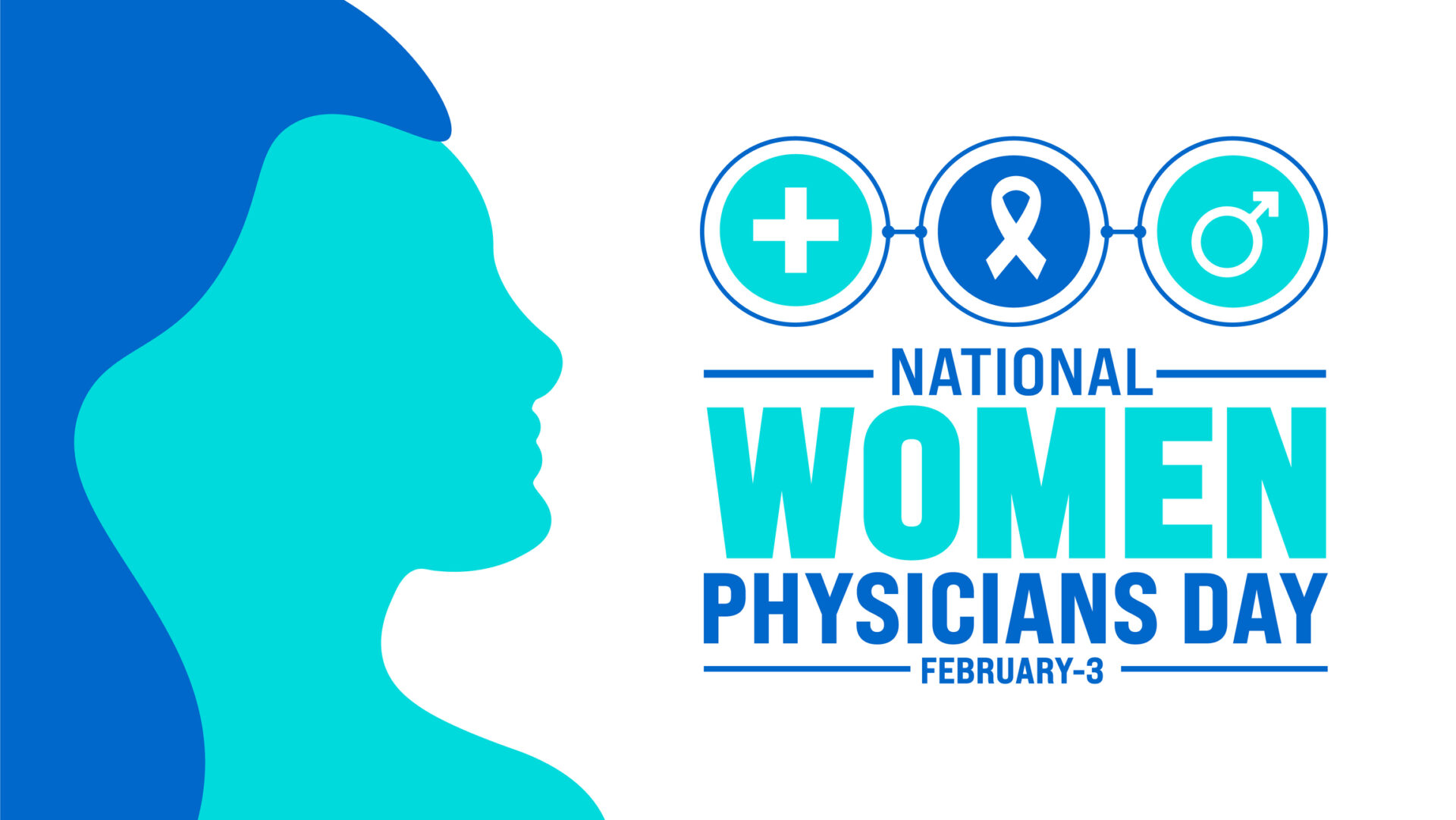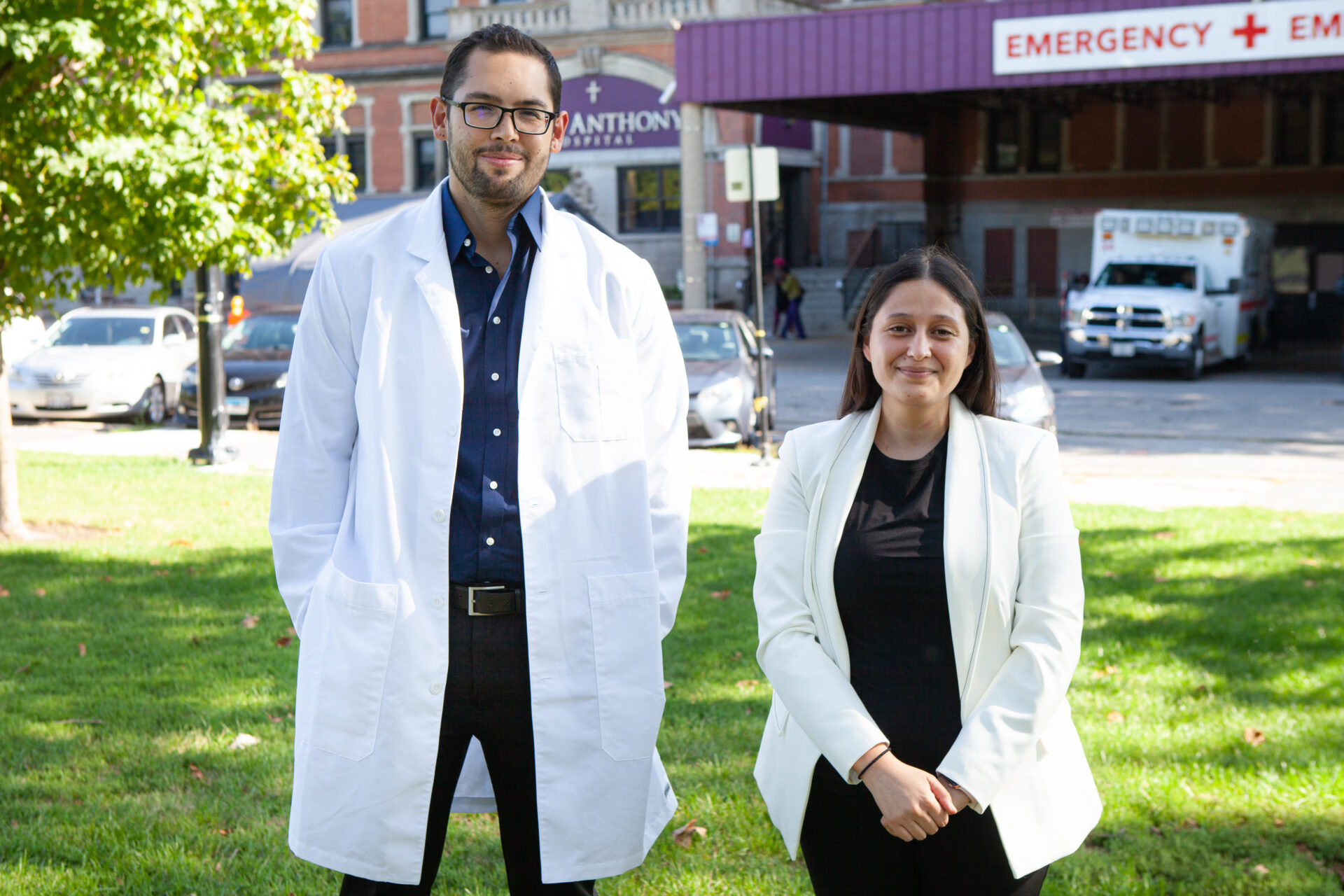The United States healthcare system will experience a number of changes in the coming decade. Although the changes focused on in the news as of late concentrate on the impending drop in the physician population, there are positive changes ahead as well. These changes will improve the manner in which hospitals and institutions function in additional to relieving stress and the subsequent burnout that has become familiar to physicians. The benefits of these changes can be seen by the patient population who will experience shorter visits with increased value of care.
Quick and Convenient Options
The last decade has seen a return to mobile healthcare. For patients, this option is quicker and costs less. Patients can avoid spending time in waiting rooms and instead remain in the comfort of their home, schools, or places of work. Self-monitoring through technology will help physicians and nurses asses the state of patients in these cases. In addition to the expansion of home care, small clinics devoted to treating minor illnesses and injuries will be introduced. These clinics will not require appointments. They will also be more affordable than urgent care centers.
Nurses Providing Care
During the next ten years there will be a change in the allotment of tasks to healthcare professionals. It will be more efficient to allow practitioners, nurse, and other professionals apply their education, training, and licenses to the best of their ability. This means exercising the extent of their licensing. In low profile cases, nurses, rather than physicians will determine patient courses of care. Physicians can then focus on patients with more serious needs which call for greater or more specialized skill set. Clinical aids may also play a larger role with patients as technology use in the medical setting continues to expand. Physicians and nurses can advise aids on smaller cases through messaging applications or email. This can save medical institutions both time and resources. Patients will also benefit from these structural changes. They will create shorter wait times and quicker discharges in most cases.
Quality based Payment
With the focus of healthcare changing from treating already ill patients to preventative care, which improves overall wellness, payment to healthcare providers will depend less on treatments and more on the state of a patients’ health. Healthcare providers might receive a bonus from insurance companies for keeping a patient in good health.
In addition to this shift towards preventative care, physicians and their institutions will also be responsible for giving quality care to patients. This specifically relates to giving patients enough attention during their hospital stays to ensure injuries are avoided and the procedures preformed were done in a way where they will hold up over time.
Click here for more information on how these future trends were predicted.
Are you interested in seeing these changes first hand? A rotation with AMO will give you an inside look at the U.S. healthcare system. Click here to create an account with AMO and begin apply for rotations today!







Leave A Comment